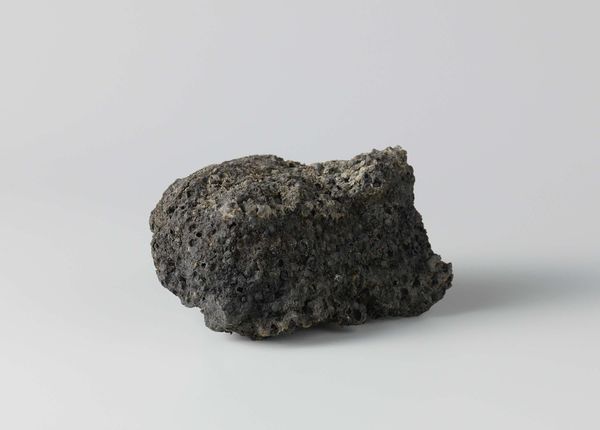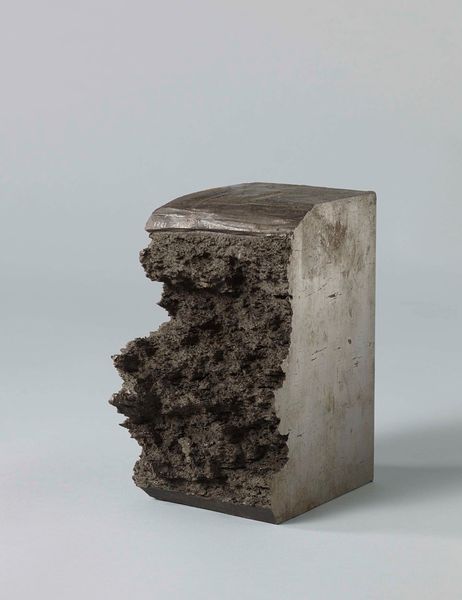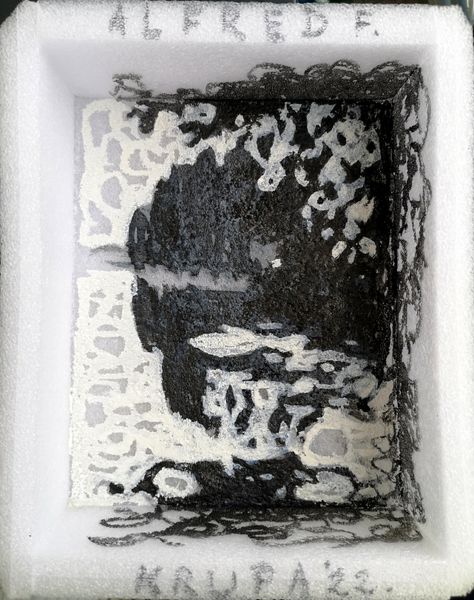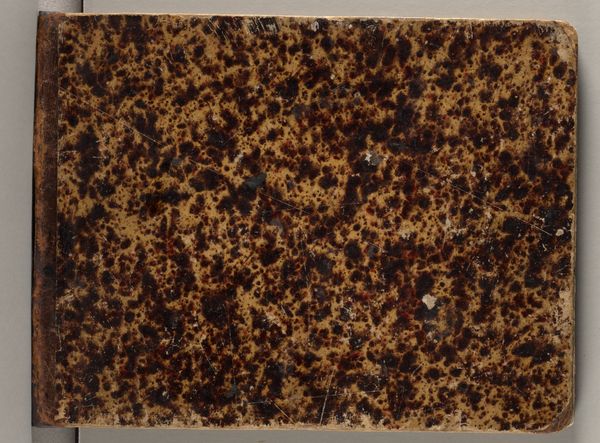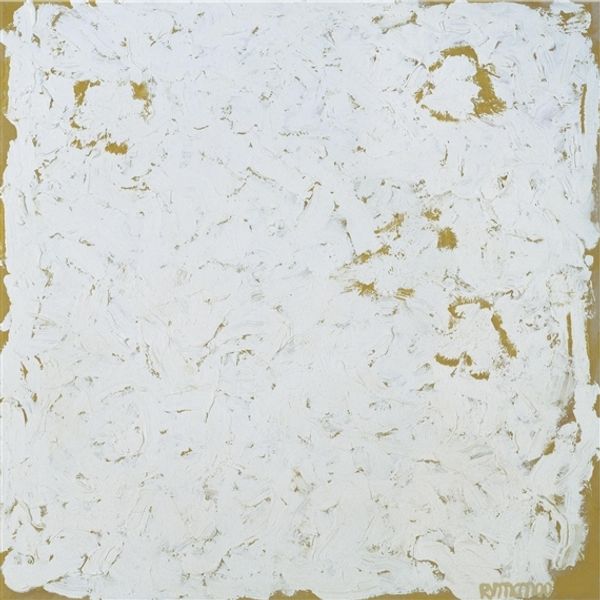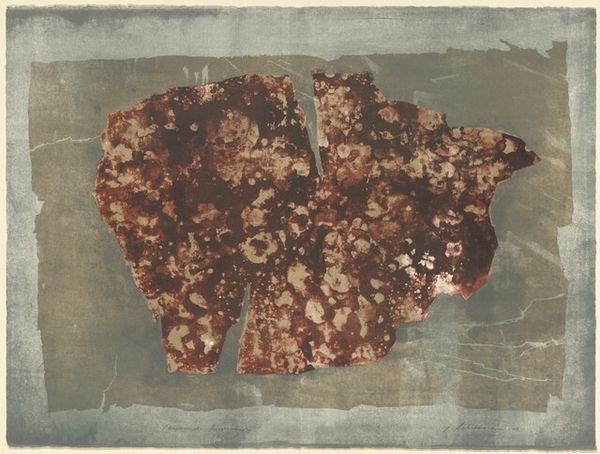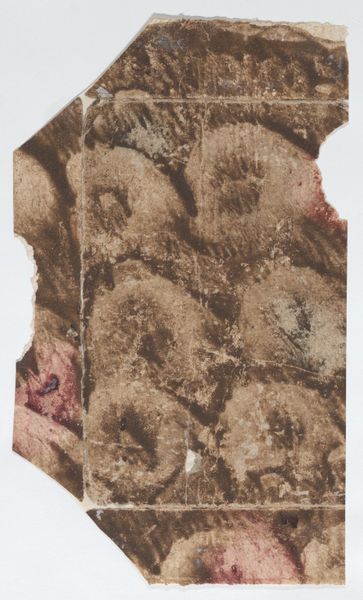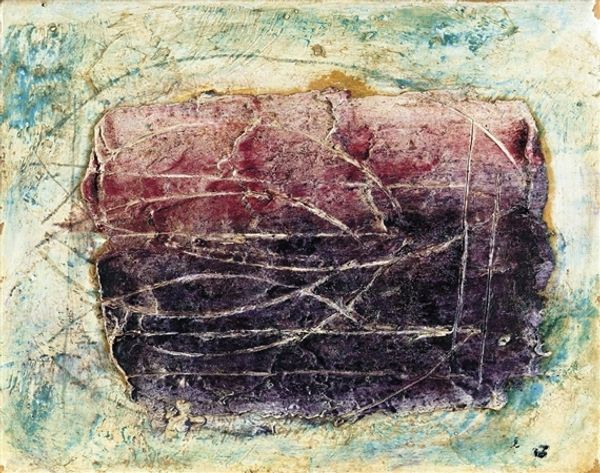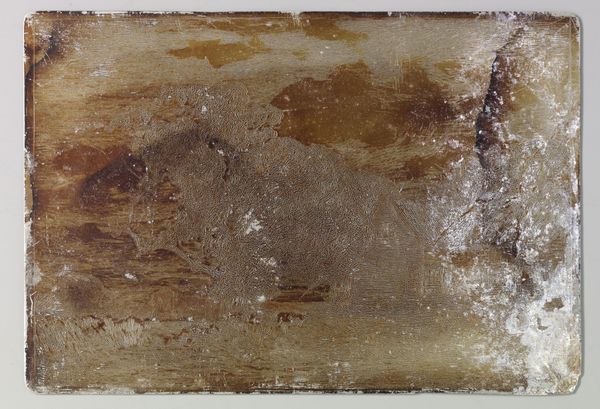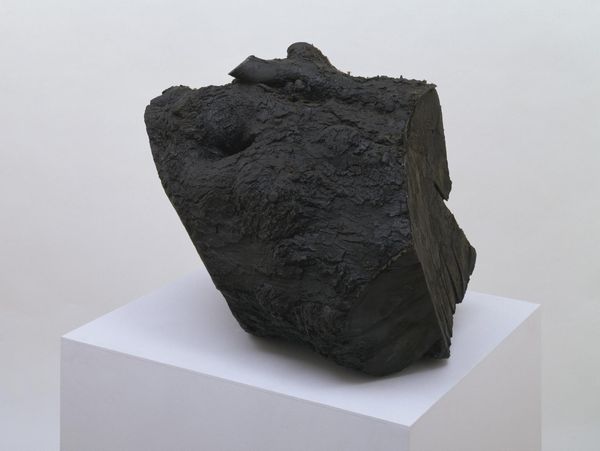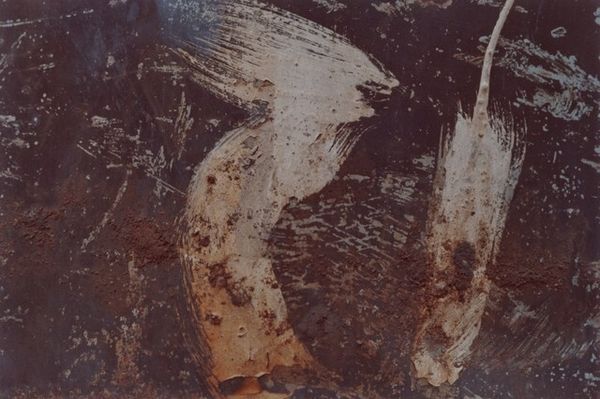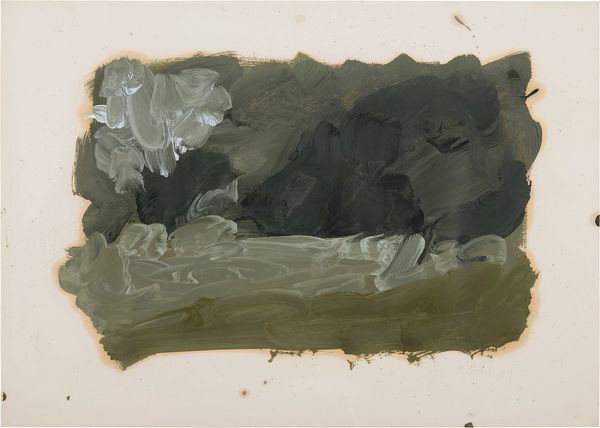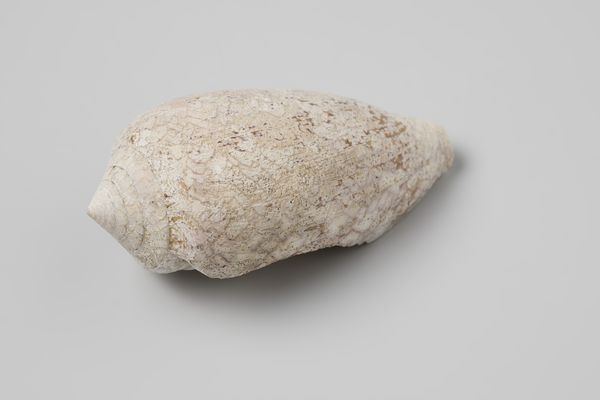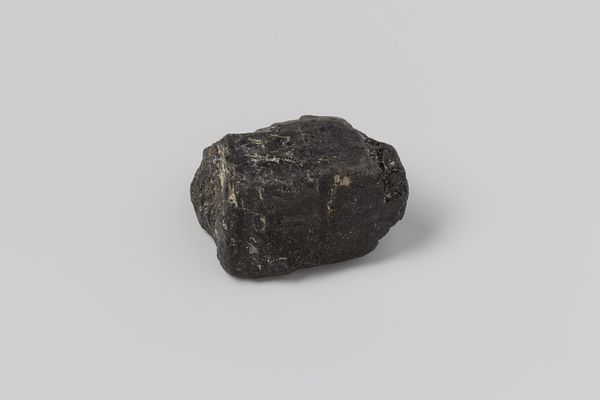
Dimensions: support: 506 x 608 mm
Copyright: © The estate of Keith Arnatt | CC-BY-NC-ND 4.0 DEED, Photo: Tate
Editor: This is Keith Arnatt’s photograph, "Pictures from a Rubbish Tip," from an unknown date. It shows a loaf of bread, molded and decaying, resting on crumpled plastic. It’s quite repulsive, honestly. What do you make of it? Curator: It's easy to recoil, but Arnatt forces us to confront uncomfortable truths about waste and consumer culture. Consider the context: the rise of environmental awareness alongside mass production. How does this image reflect anxieties about unchecked capitalism and its consequences? Editor: So, the bread isn't just bread? Curator: Exactly. It becomes a symbol of excess and decay, mirroring a society grappling with its own consumption. The plastic wrapping further emphasizes this critique. It's not just about food waste; it's about a system. Editor: I see… It makes me think about how relevant this image still is today. Curator: Precisely. It's a stark reminder of the cyclical nature of consumption and waste, prompting us to question our own roles within this system.
Comments
tate 6 months ago
⋮
http://www.tate.org.uk/art/artworks/arnatt-pictures-from-a-rubbish-tip-t13171
Join the conversation
Join millions of artists and users on Artera today and experience the ultimate creative platform.
tate 6 months ago
⋮
Pictures from a Rubbish Tip 1988–9 is a series of five large colour photographs by the British artist Keith Arnatt featuring close-up shots of rubbish that has been dumped at a local tip. In each photograph, the lens focuses upon select pieces of discarded food – such as bread, chicken bones and vegetables – that lie on clear and pale-coloured plastic bags. These bags both reflect and diffuse the surrounding daylight, highlighting the varying hues of the rubbish so that the scenes appear brightly coloured and partly abstract. Although the types of rubbish shown and their exact position within the compositions varies slightly, each is presented at an apparently fixed distance from the camera and this, as well as the similar lighting effects used across the five works, creates a sense of cohesion in the series.
